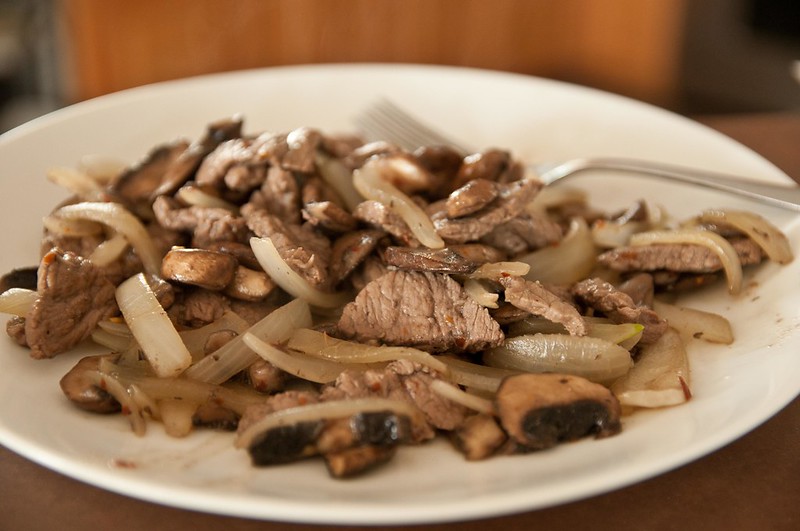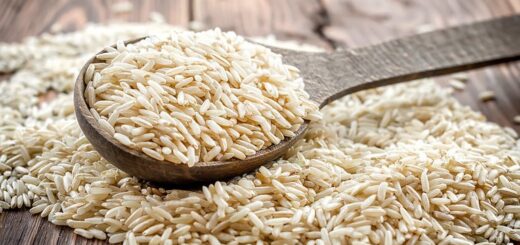Warrior Diet – Exercise, Nutrition, and Fitness Program

The Warrior diet’s slogan is “It’s when you eat that makes what you eat matter.”
The Warrior diet was designed by Ori Hofmekler on the basis of own experiences. The Warrior diet is based on one master biological principle: “Human Survival”. He said, there are four reasons why modern people ‘‘fail to maintain primal health’’ they eat too many meals during the day; they eat when they are not hungry; they make poor food choices; and they do not keep a proper balance between physical activity and relaxation.
Here are the key aspects of the Warrior Diet
Intermittent Fasting:
The Warrior Diet involves 20-hour fasting period followed by a 4-hour eating window called intermittent fasting where individuals fast for a significant portion of the day and consume all their daily calories within a specific time window.
Undereating during the Day:
During the fasting period, you encouraged to consume small amounts of raw fruits and vegetables, as well as minimal amounts of protein.

Feasting in the Evening:
The main meal consisting rich in protein, healthy fats, and carbohydrates takes place in the evening during the 4-hour eating window.
Emphasis on Whole Foods:
The Warrior Diet encourages the consumption of whole, unprocessed foods, and emphasizes the importance of nutrient-dense choices during the feasting phase.
Specific Exercise Routine:
Hofmekler considers exercise an important part of fat burning during the undereating part of the daily cycle. He recommends whole-body workouts (squats, chin-ups, high jumps, frog jumps, kicks, sprints, and presses) rather than exercises aimed at only one part of the body, such as the abdomen or upper arms. Based on his notion that Roman soldiers had to carry 40 to 60 pounds of arms and equipment on the back and shoulders while marching 30 to 40 miles a day, he maintains that exercise should focus on building strong joints and a strong back. He also thinks that workouts should be short and intense, no longer than 20 to 45 minutes.

Circadian Rhythms:
The Warrior Diet aligns with the body’s circadian rhythms, suggesting that eating during the day goes against the natural order of the body’s hormonal and metabolic processes.
Adaptation Period:
Individuals are advised to allow time for the body to adapt to the new eating pattern. The initial phases of adopting the Warrior Diet might involve hunger and discomfort until the body adjusts.
Hydration:
Staying hydrated is important throughout the fasting period. Water, herbal teas, and other non-caloric beverages are generally allowed during the fasting phase.
Flexibility:
The Warrior Diet promotes flexibility and encourages individuals to listen to their bodies. It allows for variations in the fasting and feasting windows based on personal preferences and lifestyle.
The impact of the Warrior diet’s daily undereating/overeating cycle on other members of the dieter’s household. A common observation among people who have tried this diet is that the meal schedule works only for people who either live alone or share housing with other people using the Warrior diet.








